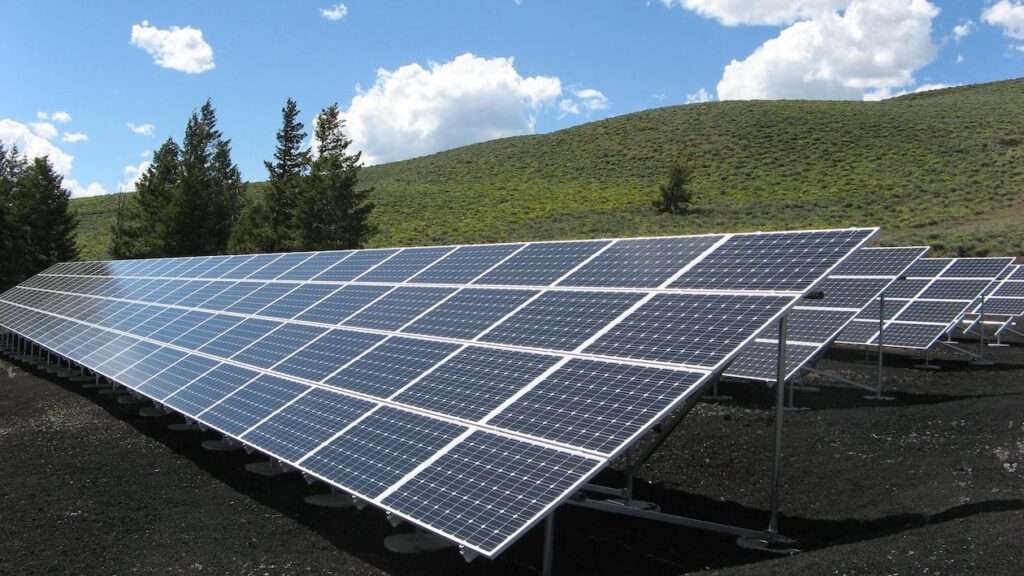The Impact of California’s Decade-Long Climate Investments: Insights for Washington State
Since the introduction of Washington’s cap-and-invest initiative in January, the state has accrued more than $850 million in revenue from two consecutive full-scale auctions under this program. These auctions serve as a vital source of financing for projects promoting clean energy and climate resilience, crucial steps towards a quick transition to a healthier, safer climate reality — with a minimum of 35% of the funds committed to supporting communities that are disproportionately affected by air pollution and are the most vulnerable in the face of climate crisis if action isn’t taken.
Governor Inslee last month ratified Washington’s final 2023-2025 budget, which allocates an impressive $2 billion from the Climate Commitment Act (CCA) to various projects. Key funding areas include $138 million for electric vehicle charging facilities, $123 million for solar and energy storage initiatives, $120 million for zero-emission medium and heavy-duty vehicles, and $163 million for home electrification rebates. The budget demonstrates the investment and opportunities that the cap-and-invest program can bring to Washington, helping to make decarbonization more economical and reducing climate-altering emissions.
However, this is just the beginning of Washington’s climate investment journey. In the meantime, we can take cues from California’s decade-long history of climate investments to comprehend the significant advantages that Washington’s cap-and-invest scheme can offer its communities.
California has achieved a remarkable milestone in 2023, marking a decade since the start of its cap-and-trade program. The program’s success in driving investments into vulnerable communities, enabling further decarbonization, and stimulating climate innovation paints a hopeful picture for similar endeavors in Washington. To date, California’s program has raised an impressive $9.3 billion in funding for programs aimed at improving the state’s economy, environment, and public health. Of this revenue, 73% has been dedicated to initiatives directly benefiting disadvantaged priority populations by enhancing air quality, creating job opportunities, and increasing access to sustainable transportation. Furthermore, these investments are projected to significantly reduce greenhouse gas emissions, equivalent to eliminating a year’s emissions from 26 coal-fired power plants.
As a reminder, cap-and-invest programs like those in Washington and California curb pollution by setting a binding, decreasing limit on emissions across an economy. As this limit reduces, businesses governed under the program must either cut their pollution or pay for it by purchasing a limited quantity of emissions allowances at state auctions. The revenue from these auctions is then channeled into programs and projects aimed at reducing climate pollution, bolstering climate resilience, and improving air quality — with a focus on vulnerable communities that bear the greatest impact.
Looking at California’s success heralds a bright future for Washington’s fledgling cap-and-invest system. Here are some notable examples of how California has utilized its carbon pricing revenue, which could offer valuable lessons for ecosystems, cities, neighborhoods, and businesses across Washington:
California’s cap-and-trade program has resulted in tangible benefits like saving 560 billion gallons of water, reducing 72 billion vehicle miles traveled, and generating 3.6 billion KWH of renewable energy — enough to power nearly half a million homes for a year. It has facilitated the planting of over 200,000 new urban trees, the creation of over 21,000 new jobs, and the construction of over 10,000 new affordable housing units.
The revenue generated by California’s emissions trading scheme highlights the potential benefits that Washington can reap from its own program. The state’s budget paints an optimistic picture of the potential of the CCA. As the profits from the cap-and-invest system continue to grow, so will the benefits to Washington’s lands and the welfare of its communities.






